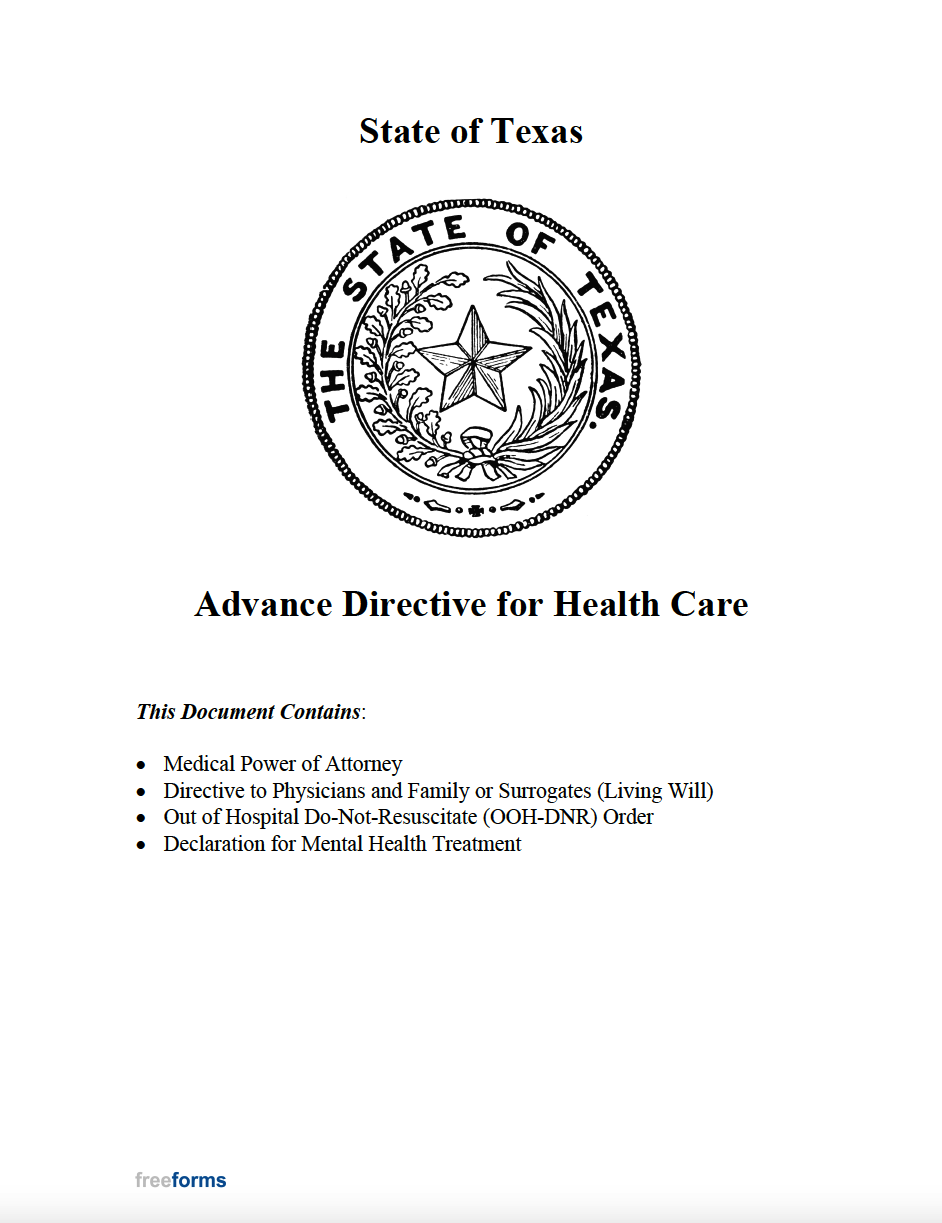
What is electromyography?
Electromyography (EMG) is a test that helps doctors diagnose muscle problems in the body. During an EMG, a needle with an electrode is inserted into one of your muscles to record its electrical activity. A device called an audio amplifier may be used by your doctor to listen to the electrical signal of a muscle.
What is a nerve conduction study (NCS)?
The Nerve Conduction Studies (NCS) measures the speed of electrical signals sent by a nerve to a specific muscle. The speed of this nerve signal can be used to tell if your nerves are working properly. This can help doctors determine if you have an issue with your nerves, or the way that your muscles react to nerve signals.
What are nerve conduction EMG tests?
Both tests are used to diagnose various muscle and nervous disorders. Your doctor might order both at the same time if you have symptoms that seem to be caused by a problem with your muscles or nerves.

NCS:
You will lie down on the table and your provider will insert a needle with an electrode into the muscle that is affected. He or She will then connect the cables to a machine, which records your muscle's electric signals both at rest and as you flex it slightly.
The electrical signals can be seen on the computer screen. Your doctor can then see how effectively nerves transmit messages to muscles. The monitor will also display wavy and spiky lines to show the amount of electrical activity in your muscle.
Your doctor may ask you to make specific movements with the needle in your muscle. Although you may feel some discomfort with each needle insertion, it is usually not painful.
What are the needle electrodes used for?
The needle electrodes are needles that are attached to wires. The needle electrodes are placed into the muscles that need to be tested, and the doctor will move them around the muscle several times. The needle electrode may cause a short, sharp pain. The needle electrodes are removed after the test is done.

How is the test done?
During the exam, you'll be asked to relax before performing specific movements. You may be asked to raise your arm or flex the wrists of your hands.
When you move a muscle, it sends a small electrical current to the electrodes. This sends a nerve message to your muscle. The provider will then measure the time it takes for the muscle to respond to a nerve signal. This is called conduction velocity.
What are the risks involved?
If the electrodes have been inserted into your muscles, you might get a bruise. This bruising will disappear in a few days. You might have soreness for a day or two where the needle electrodes were inserted during EMG.
FAQ
Which are the three levels of care in a health facility?
First, there are general practice clinics that provide basic medical care for patients who don't need hospital admission. They can also refer patients to other providers, if necessary. This could include general practitioners and nurse practitioners as well as midwives.
The second level are primary care centres, which provide complete outpatient care, as well as emergency treatment. These include hospitals, walk in clinics, urgent care centres, family planning clinics and sexual health clinics.
The third level are secondary care centers, which offer specialist services such eye surgeries, orthopedic surgery, and neurosurgery.
What does "public", in the context of public health, mean?
Public Health is the protection and improvement of the health of the community. Public health is the prevention of disease, injury, disability, promotion of good health, adequate nutrition, and control over communicable and environmental hazards as well behavioral risks.
What are the most critical issues that public health faces today?
Many people have problems with obesity, diabetes, heart disease and cancer. These conditions cause more deaths yearly than AIDS, car crashes, and murders combined. High blood pressure, strokes, asthma and arthritis are all caused by poor nutrition, exercise and smoking.
What is the difference of a doctor and physician?
A doctor can be defined as someone who has completed medical training and is licensed. A physician is a doctor who specializes in a particular area of medicine.
What does "health promotion” actually mean?
Promoting health is about helping people live longer and stay healthy. This promotes health rather than treating existing diseases.
It includes activities like:
-
Healthy eating
-
You need to get enough sleep
-
exercising regularly
-
Staying active and fit
-
It is important to not smoke
-
managing stress
-
Keeping up with vaccinations
-
How to avoid alcohol abuse
-
Regular screenings and checks
-
learning how to cope with chronic illnesses.
Statistics
- For instance, Chinese hospital charges tend toward 50% for drugs, another major percentage for equipment, and a small percentage for healthcare professional fees. (en.wikipedia.org)
- Consuming over 10 percent of [3] (en.wikipedia.org)
- About 14 percent of Americans have chronic kidney disease. (rasmussen.edu)
- Healthcare Occupations PRINTER-FRIENDLY Employment in healthcare occupations is projected to grow 16 percent from 2020 to 2030, much faster than the average for all occupations, adding about 2.6 million new jobs. (bls.gov)
- Foreign investment in hospitals—up to 70% ownership- has been encouraged as an incentive for privatization. (en.wikipedia.org)
External Links
How To
What are the 4 Health Systems
The healthcare system includes hospitals, clinics. Insurance providers. Government agencies. Public health officials.
This infographic was created to help people understand the US healthcare system.
These are the key points
-
Annual healthcare spending amounts to $2 trillion, or 17% of GDP. That's more than twice the total defense budget!
-
Medical inflation reached 6.6% for 2015, more than any other category.
-
On average, Americans spend 9% of their income on health costs.
-
In 2014, over 300 million Americans were uninsured.
-
Although the Affordable Healthcare Act (ACA), was passed into law, implementation has not been completed. There are still gaps in coverage.
-
A majority of Americans believe the ACA should be maintained.
-
The US spends a lot more money on healthcare than any other countries in the world.
-
Affordable healthcare for all Americans would reduce the cost of healthcare by $2.8 trillion per year.
-
Medicare, Medicaid and private insurers pay 56% of healthcare expenses.
-
People don't have insurance for three reasons: they can't afford it ($25 Billion), don’t have enough time to search for it ($16.4 Billion), and don’t know about it ($14.7Billion).
-
There are two types of plans: HMO (health maintenance organization) and PPO (preferred provider organization).
-
Private insurance covers many services, including doctors and dentists, prescriptions, and physical therapy.
-
Public programs provide hospitalization, inpatient surgery, nursing home care, long-term health care, and preventive services.
-
Medicare, a federal program, provides seniors with health insurance. It covers hospital stays, skilled nursing facilities stays, and home care visits.
-
Medicaid is a joint state-federal program that provides financial assistance to low-income individuals and families who make too much to qualify for other benefits.